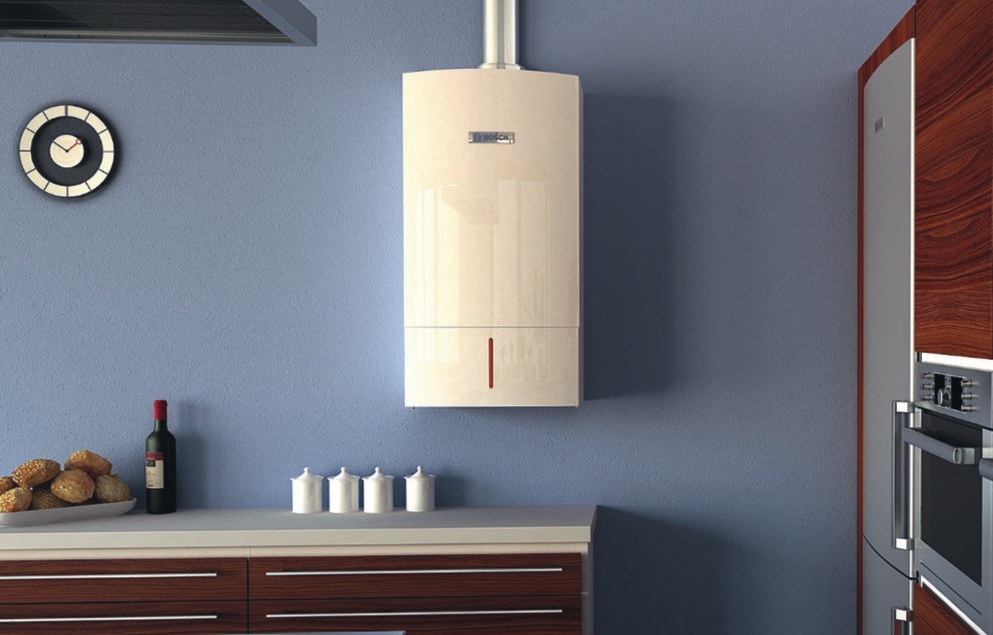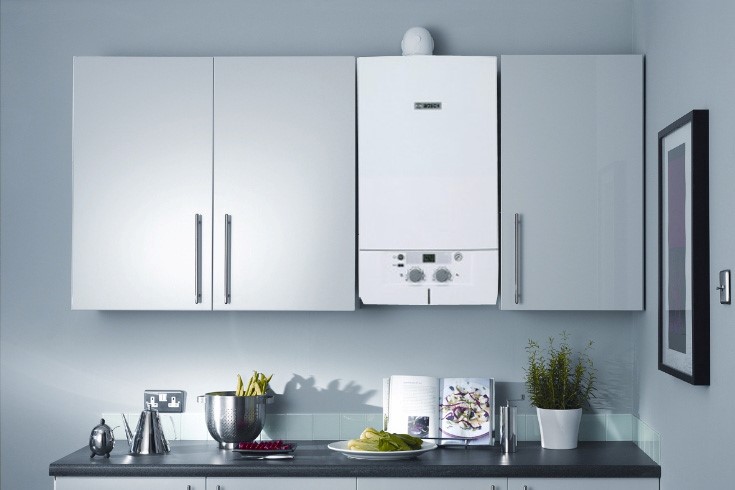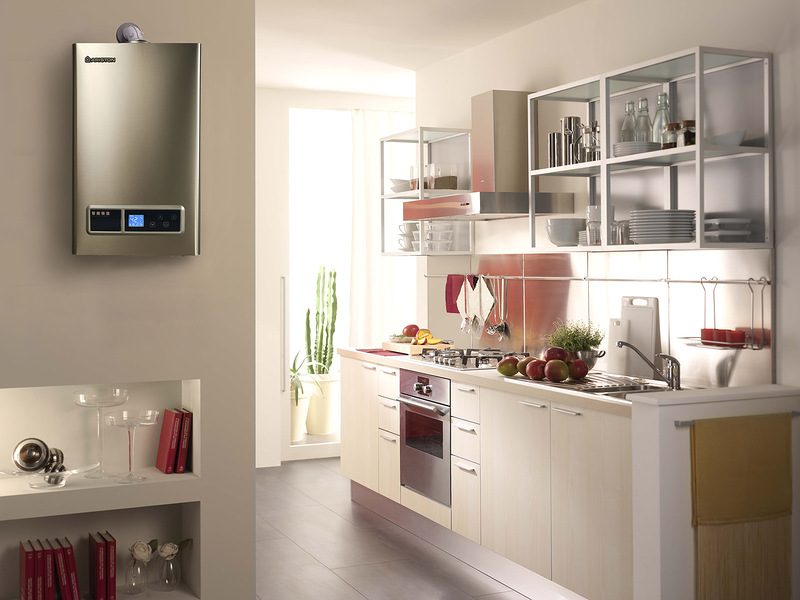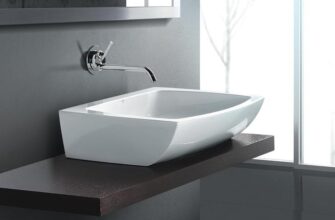The gas water heater has been known as an independent source of heating for a home since time immemorial. 'Grandfather's' devices can be found in Khrushchevs to this day, however, when choosing a modern source of heating, such a device is almost always overlooked. Moreover, it is quite undeserved: over the past time, these devices have advanced quite strongly in their development, becoming modern, easy-to-use and economical heat sources.

The best manufacturers. Which burner should you choose?
Due to the peculiarities of its design, gas equipment is a source of increased danger. Even the most reliable column, equipped with the latest security systems, if misused, can cause a lot of trouble, and therefore, preference should be given to exclusively tested devices from reliable world-famous manufacturers, whose products have earned many flattering reviews from users:
-
Indesit
-
Ariston
-
Electrolux
-
Bosch
-
Meet
You can also buy decent models from domestic manufacturers. For example, “Neva” produces high-quality, time-tested models designed exclusively for domestic operating conditions and certified by all interested services.
What to look for when choosing a gas water heater?

A specific device is suitable for certain conditions according to a set of criteria that have the most direct impact on its functionality. When choosing a gas water heater, you need to pay close attention to them.
Ignition method
The 'grandfather' columns, which had to be 'lit' manually with matches, have sunk into the summer. Modern models in this regard have advanced far ahead: in our time, a gas water heater is a fully automated device, and its ignition is carried out in one of three main ways:
-
Piezoelectric element. The classic way of ignition, known for a long time. The principle of operation is based on the interaction of a small gas wick and a piezoelectric element. Such a device can boast of autonomy, but it cannot be called economical;
-
Electric ignition powered by 220V mains. Ignition is carried out using an electric spark, which is autonomous. The disadvantage of this method is the dependence on a 220V network – in the absence of electricity, the column will not start;
-
Electric ignition from the built-in accumulator or batteries. It is used where there is no mains voltage. It is autonomous and unpretentious in operation, and the only thing that will have to be monitored is the state and state of charge of the battery or batteries;
Type and principle of operation of the gas column
Depending on this parameter, there are three main types of gas columns:
-
Constant power devices. The operating temperature of such devices is manually adjusted and is stationary. This feature is a lot of trouble: the water is heated with the same intensity regardless of the flow rate, and therefore the temperature has to be adjusted manually;
-
Variable power devices. An advanced analogue of the above models, much more economical and convenient in operation. A special sensor built into the main pipeline analyzes the flow rate and the amount of supplied water, depending on which the device regulates the degree of heating intensity. Controlling the device is simplified to the trivial setting of the water temperature on the control panel;
-
Modulation speakers are considered to be the most advanced in terms of performance. There are two sensors for such devices: one monitors the water flow rate and pressure in the system, the second – the water temperature at the inlet to the device. Analyzing the readings, the device doses the amount of gas used to maintain the temperature at the proper level;
Device power
A parameter that directly affects the performance and reflects the performance of the device at a particular point in time. Measured in kilowatts, the average value for many household models varies around 15-30 kW. In addition to power, you can pay attention to the throughput of a particular device, as well as the temperature indicators at the inlet and outlet of the device. The higher these numbers are, the more efficiently the column works.
Water heater types
Depending on this parameter, all devices can be divided into three main classes:
-
Instantaneous water heaters are devices that heat water in real time. Due to the principle of operation, they are able to supply heated water almost instantly, but they cannot boast of high power;
-
Storage water heaters are a reservoir in which heated water is constantly stored. Thanks to this feature, hot water is available here and now, but its volume is limited by the volume of the tank;
-
Bulk water heaters are similar to running water heaters, however, in this situation, a special container is initially filled, in which water is heated. Due to this feature, water heating takes a certain amount of time. The operation of the device is carried out cyclically.
Additional functions

Options affecting the usability and its functional features:
-
Control method. There are models with hydraulic control, when the operation of the device is configured manually, using various valves or latches, or models with electronic control, in which all manipulations are carried out using a special console or control panel;
-
The presence of an indication display. A useful function with which comprehensive information about the device status is displayed;
-
The presence of all kinds of protective systems that make it impossible to operate under critical conditions. Includes a whole set of algorithms designed to protect against gas leakage, device overheating, power outage, lack of water or excess pressure in the system;
Which gas water heater to choose?
-
When choosing a gas water heater for a summer residence, preference should be given to models with a capacity of up to 20 kW, equipped with many protective systems, as well as a starting system operating from the electrical network;
-
In the absence of electricity at the place where the geyser is installed, preference should be given to a device that is started from a built-in battery or batteries. The presence of all kinds of protective systems is required, power – 15-20 kW;
-
If it is impossible to continuously monitor accumulators or built-in batteries, as well as in the absence of a constant source of electricity, preference should be given to devices equipped with a piezoelectric trigger.
In the following articles, our experts tell you how to choose a concrete mixer for a summer residence and the secrets of choosing stones for a bath.
Video for choosing a gas column
Attention! This material is the subjective opinion of the authors of the project and is not a purchase guide.









